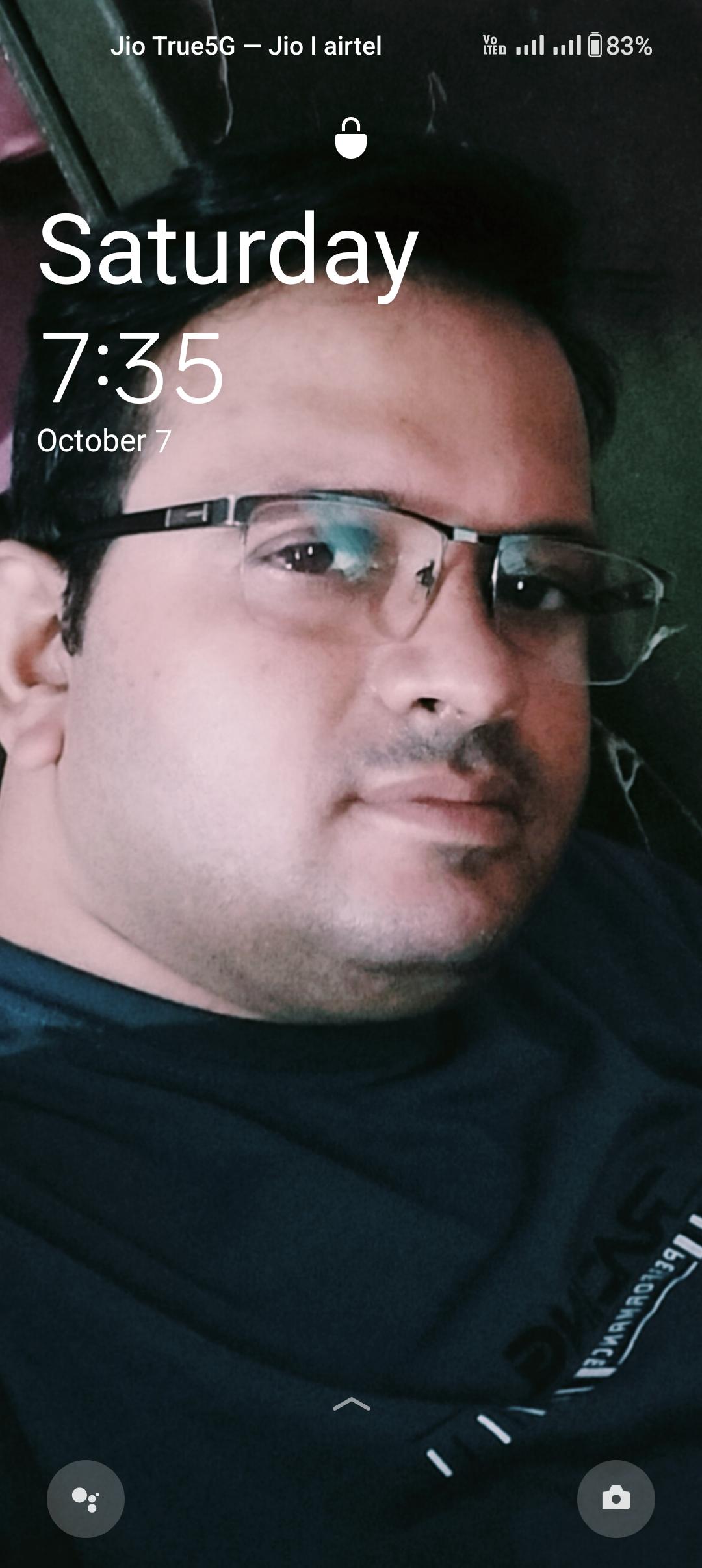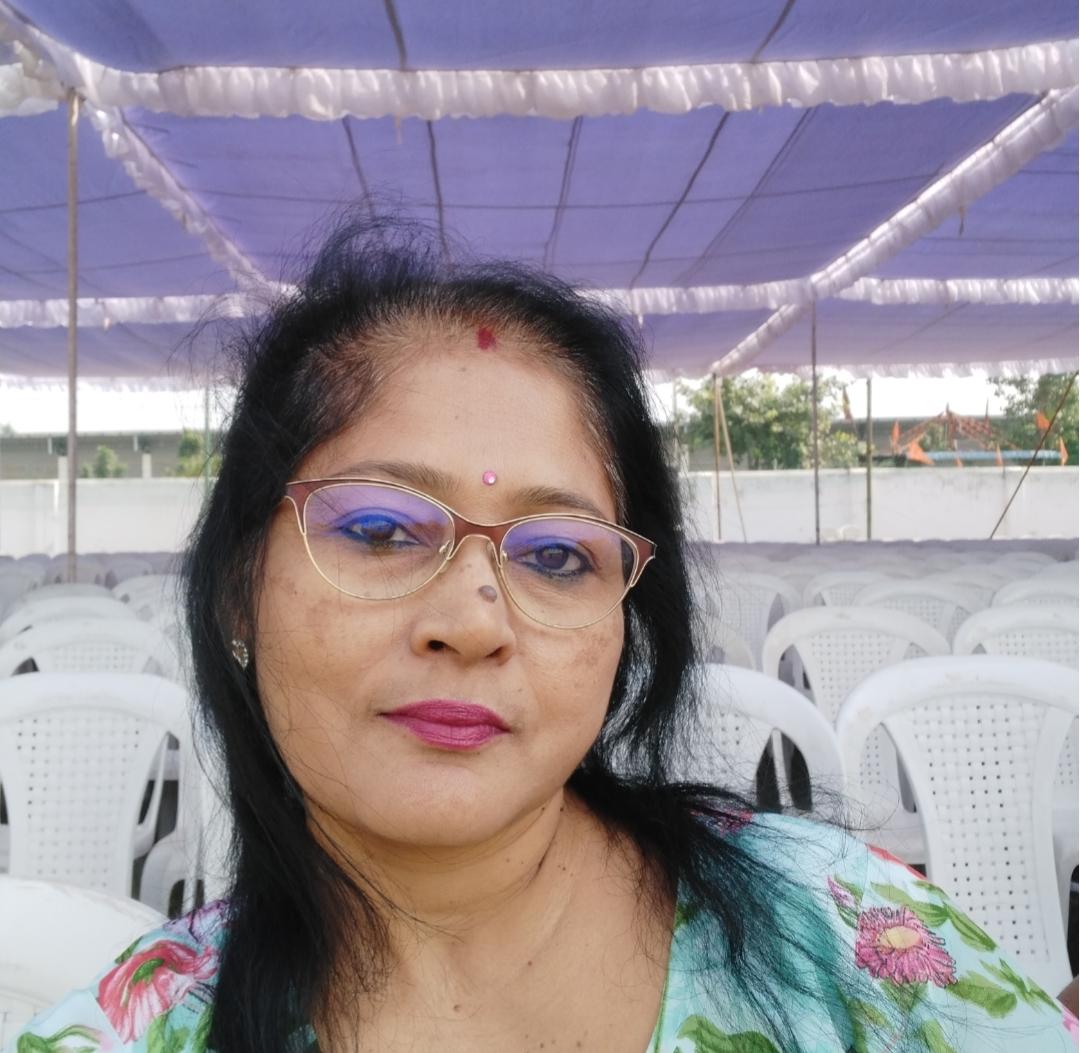From the first product sold in 1931, Camel began a decades-long legacy of empowering Indian art. Every product range has been created and formulated in response to the needs of different kinds of artists. In this effort, Camel has built a close connection with its customers to form a strong community of creative minds.
Each member of the field team would visit artists, art schools, hobby classes and K-12 schools regularly and not only implement promotions like colour contests but also worked as a conduit between the users and the makers. They would bring in feedback from the consumers and also carry the company’s communication to the field. Mrs. Rajani Dandekar, wife of the ‘colour man’ of India, would lead and guide the field team herself while the couple was also visiting important consumers regularly. This established a live-wire connect between both ends of the value chain, which ensured enhancement of the product range as well as improvement in the existing one.
On the other hand, very few schools at the time had active art practices. The best way forward was to encourage art in schools at large and enhance the market for Indian art products. That’s how the annual national art contest for school students and art educators began. It became popular as the All India Camel Colour Contest and even bagged a Guinness World Records in 2011 as the largest art contest in the world with the participation of 4.85 million students.
Camel also encourages a separate ecosystem of hobby artists. The aim was to connect those who wanted to learn drawing and painting but couldn’t attend art schools with those who wanted to impart knowledge but couldn’t join the faculty at art schools. Camel Hobby Classes began with the support of advertising, training, syllabus and certificates. Media-run contests and exhibitions of painted garments and other articles were also organized to hunt for talents and encourage artisans.
The launch of Crylin, acrylic-based fabric and craft colours, happened at a time when the economy was in very poor shape and every household was in need of extra income. Crylin gave this opportunity to a large number of housewives through hobby classes and the option to professionally adorn garments and other knick-knacks. Anyone could paint a humble pot, a table cloth or a wall hanging and give their house a distinct well-decorated look at a low cost.
Camel Artist Acrylic Colours were later introduced to help artists and artisans create value very rapidly. Faster drying of these colours helped artists create more paintings than they were earlier able to, increasing their earnings and prosperity. It democratised art, becoming an important medium for Indian artists.
This is just the beginning of our goal to create the largest art community in the world. Camel is constantly working on inviting artists into plenty of exciting activities in the pipeline, all aimed at growing art in its truest sense.
Follow us on social media to join the largest art community in the world!
Leave a comment

Thankyou camlin for such an honorable platform to share my art with you and become 2024 february featured artist thankyou so much for this 😊
February 08, 2024
That's a great initiative by Camel... And it would be appreciated in near future.
December 28, 2023
Comment added
Comment updated
Comment deleted
“
“Learn the rules like a pro, so you can break them like an artist.”



